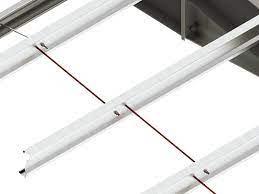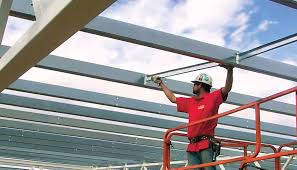KB4444
Civil/Environmental
- Nov 29, 2021
- 23
This is more of a general question but if a building has frames that are x ft apart, meaning the purlin span is x ft, when is bracing required on the bottom flange of the purlins?
For this example I am meaning that sheeting is through fastened to the roof every 2ft, which is counting the top flange as laterally braced. With a load case including SL, DL and LL the top flange would always be in compression. The bottom flange would be unsupported between connection points but it is in tension. Does the bottom flange need to be braced only if wind uplift occurs/if uplift is larger then the expected dead load?
For this example I am meaning that sheeting is through fastened to the roof every 2ft, which is counting the top flange as laterally braced. With a load case including SL, DL and LL the top flange would always be in compression. The bottom flange would be unsupported between connection points but it is in tension. Does the bottom flange need to be braced only if wind uplift occurs/if uplift is larger then the expected dead load?


